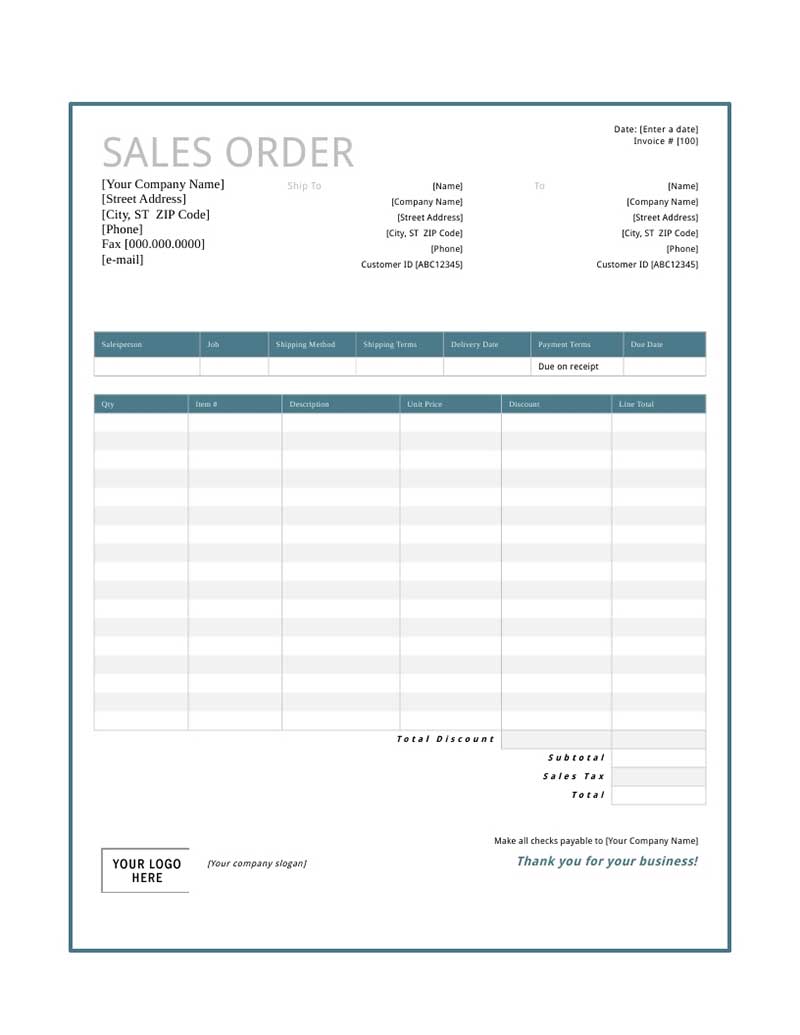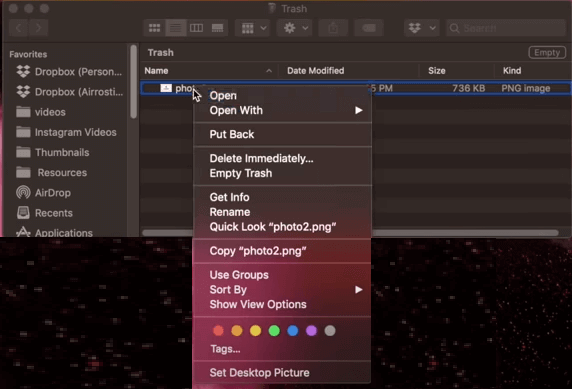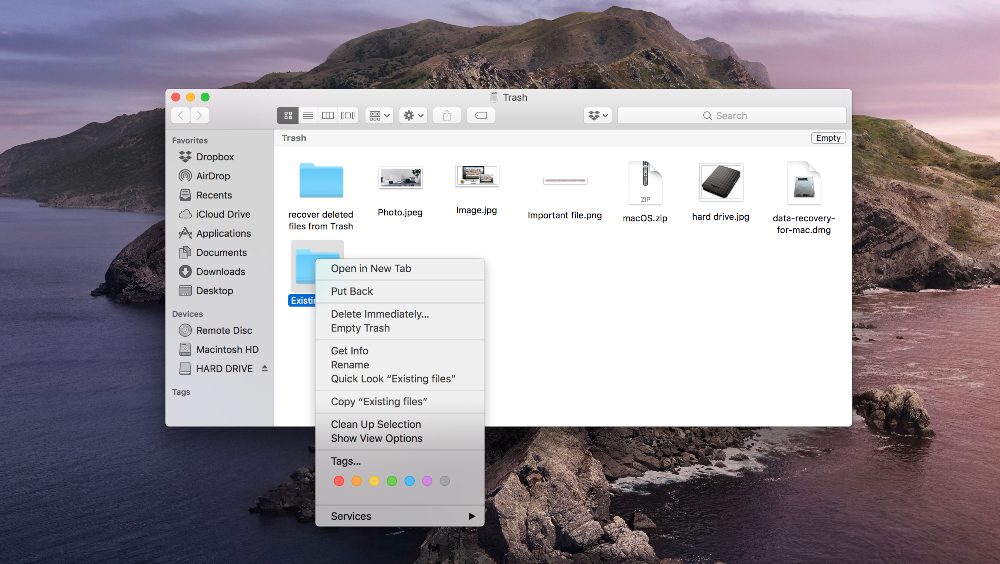EaseUS Data Recovery Wizard for Mac is specially designed for Mac owners to recover a wide range of lost data files, which can be accidentally deleted, or disappeared because they formatted or corrupted their Mac hard drive. The advantages of using software to retrieve files not in the trash bin anymore are basically as follows.
Free Deleted File Recovery is an easy and efficient undelete software for Windows or Mac. It supports to recover deleted files after 'shift + del', emptying recycle bin, clicking 'delete' button on the right-click menu or deleting through Windows Command Line or from DOS. Free file recovery could restore various types of deleted file from. Deep scanning takes longer than normal. The free version has its own limitations. TestDisk for Mac. Another best free tool to recover deleted files on Mac is Test Disk Data Recovery for Mac. It’s an open-source freeware program, thus. Recover Deleted Files on Mac: Top 7 Free Solutions to Restore Your Lost Data. Make Sure the File Was Actually Deleted. Recover Data without Time Machine Using Data Recovery Software. Restore Deleted Mac Files from a Time Machine Backup. Recover Deleted Files from a Backup.
- Super easy, fast, and full automation
- Powerful enough due to advanced technology in scanning and reconstructing data
- Nothing is required for users but a simple click of download and install the software on their MacBook or iMac
Speaking of the disadvantages? The free offer is file size limited, and you must upgrade to a pro version for full file recovery. Nonetheless, everyone can start with the free program for a full preview of found pictures, documents, or videos before recovery. In case you'll change your mind after noticing the great advantages of using software to get data back on Mac, we demonstrate a simple user guide here for you.
There are some working methods to recover deleted files on Mac for free. And we are going to discuss them right now. How to Recover Deleted Apps for Free: Mac Edition. It’s always a good idea to find some free ways to recover deleted files from recycle bin. In some cases, it may take more time to get your apps back. If you're looking to recover deleted files from an external device, like a camera or an MP3 player, connect it to your Mac first via USB or a memory card adapter. Step 4: Select File Type. To restore deleted files, you can select the specific file type or select 'All File Types' then click on the button 'Next.' Step 5: Preview, Recover and Save.

Step 1. Select the location where your important data & files were deleted and click the 'Scan' button.

Macos sierra. Step 2. The software will run both quick scan and deep scan and work hard to find as many deleted files as possible on the selected volume.
Step 3. The scan results will be displayed in the left pane. Just select the file(s) and click the 'Recover' button to get them back.
Without Software Solutions: How Do You Recover Deleted Files on Mac?
Though Mac data recovery software is available to recover deleted files on HDD, external USB drive, SD card, or fusion drive on a MacBook and iMac device, it is still good to command the knowledge of how to recover deleted files on Mac without software.
Solution 1. Recover Deleted Files from Mac Trash Bin
Good for: Undo recently deleted files; Simple and temporary deletion
The Trash Bin, or simply Trash or Bin, contains all deleted items you removed, including drag and drop a file onto the Trash icon on the Dock, Control-click a file and then choose Move to Trash, or select a file and press Command (⌘) and Delete keys. Any of the three methods send your files and folders to the Trash Bin.
Trash Bin keeps the deleted items for a short period of time, usually 30 days, after then the files are automatically removed. Therefore, try to retrieve files from Mac Trash as soon as possible.
Step 1. Locate the Trash icon and open it.
Step 2. To filter specific files or folders you want to recover, you can manually look for the files by names or directly use the Search feature with either a file name or a certain file extension.

Step 3. Press and hold the Command key and click on the target file, and use the Put Back option to recover the files to their original locations.
Solution 2. Recover Deleted Files Using Mac Terminal
Good for: Experienced users; Recover deleted files temporarily and permanently
Mac os 10.11 download. How To Install Mac OS X El Capitan 10.11.6 Using USB In PC/Laptop? First You Need Mac OS X El Capitan 10.11.6 USB Install Image Download From.
The operation of the macOS Terminal is based on a variety of command lines. What command line is used to retrieve deleted files? Look at the following steps.
Step 1. Follow the path to open the Terminal application on your Mac: Applications >Utilities >Terminal.
Step 2. In the command line, you'll need to enter the command lines each by each:
- cd.Trash: this command is for changing the directory to the hidden Trash folder
- ls: This command is to list all files in the Trash folder
- mv./: This is to move the specified file to the home directory. So, replace the filename with your own deleted file's filename
Step 3. Return to the home directory so you can check the restored files through Terminal.
Restore Deleted Files Mac Free
What Else Can You Do to Recover Mac Deleted Files?
Regarding the topic 'How to recover deleted files on Mac without software', we basically demonstrate two ways with a step-by-step guide, including restoring from the Trash Bin and using the Terminal method. Both solutions are good to deal with the recently deleted files on all the major macOS versions, like Monterey, Big Sur, Catalina, Mojave and so on.
How Do I Recover Deleted Files On My Mac For Free
As a matter of fact, there are other solutions to deleted file recovery on Mac. Create el capitan bootable usb from mojave. For example, restore from the Time Machine backup as long as you create timely backups of essential data files through Time Machine. Of cause, if all the manual ways failed to help you recover the lost files, do not hesitate the try the all-around EaseUS Mac data recovery software, which can tackle 100+ cases of data loss scenarios and disasters even though you cannot boot the Mac operating system at all. The sooner you try, the less pain you'll suffer.